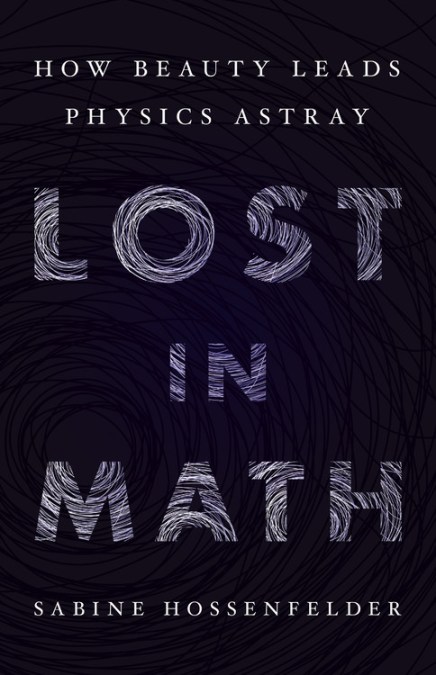
The author of Lost in Math: How Beauty Leads Physics Astray, thinks that the new discovery touted by some fellow particle physicists really doesn’t amount to much:
Meanwhile it must have dawned on particle physicists that the non-discovery of fundamentally new particles besides the Higgs is a problem for their field, and especially for the prospects of financing that bigger collider which they want. For two decades they told the public that the LHC would helpanswering some “big questions,” for example by finding dark matter or supersymmetric particles…First, mass-produce empty predictions to raise the impression that a costly experiment will answer some big questions. Then, if the experiment fails to answer those questions, proclaim how exciting it is that your predictions were wrong. Finally, explain that you need money for a larger experiment to answer those big questions. The most remarkable thing about this is that they actually seem to think this will work. Sabine Hossenfelder, “Particle physicists excited over discovery of nothing in particular” at BackRe(Action)
If Hossenfelder means that it won’t work scientifically, she is correct. But “won’t work” can be construed in other ways. In the age of the multiverse and “ET’s gotta be out there,” it is quite possible for something that is
We didn’t order this dish. We’re just sitting here, thinking there must be a better way.
Follow UD News at Twitter!
Before you go: Sabine Hossenfelder: Cosmic inflation is overblown. The author of Lost in Math: How Beauty Leads Physics Astray, makes clear that cosmic inflation was intended to deal with evidence for fine-tuning, which she considers a “waste of time.” But, as she shows, the cosmology has gone nowhere.
Hugh Ross: The fine-tuning that enabled our life-friendly moon creates discomfort Was it yesterday that we noted particle physicist Sabine Hossenfelder’s view that fine-tuning is “a waste of time”? Not so fast. If the evidence points to fine-tuning and the only alternative is the crackpot cosmology she deplores, it’s not so much a waste of time as a philosophically unacceptable conclusion. Put another way, it comes down to fine-tuning, nonsense, or nothing.